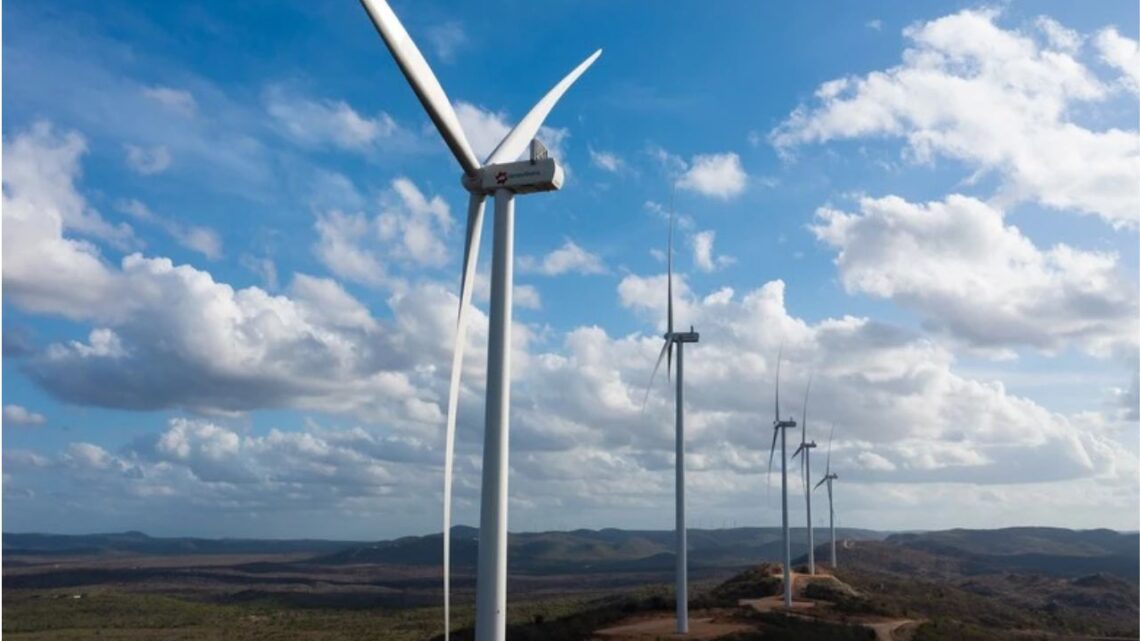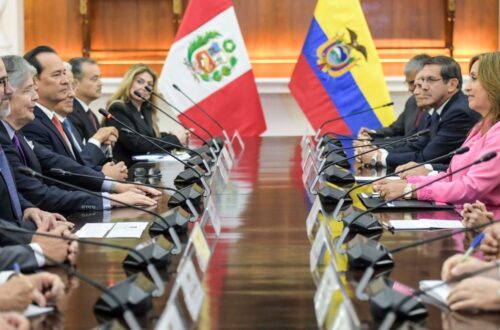Engie Energía Perú has received government approval to launch community engagement for the 300MW Quipu Wind Project.
On October 1, 2025, the energy authorities approved the project’s Public Participation Plan tied to its Semi-Detailed Environmental Impact Assessment (EIA-sd).
This unlocks formal workshops, public hearings, and structured information sessions with residents and local leaders affected by the project and its interconnection to the SEIN (Peru’s national grid).
Project Overview
The Quipu Wind Project is planned in the Ica region, spanning the districts of Ocucaje and Santiago—a corridor known for strong, consistent winds and existing wind infrastructure.
Quipu is positioned to become Engie’s next large-scale renewable energy asset in southern Peru, complementing the company’s nearby Punta Lomitas complex (now 296.4MW with its expansion).
Permitting Timeline And Next Steps
- May 15, 2025: A temporary concession is granted to Engie for Quipu, enabling feasibility and wind-resource studies. The authorization carries a 24-month window to complete technical work under the Electricity Concessions framework.
- October 1, 2025: Approval of the Public Participation Plan (PPC) for the EIA-sd, allowing community engagement to begin in Ica.
- What’s Ahead: Engie will organize participatory workshops, collect observations, and integrate feedback into the EIA-sd. This phase guides decisions on the wind farm layout, environmental safeguards, and the route and specifications for the SEIN interconnection.
Why Community Engagement Matters
A formally approved PPC ensures that people living near the project are informed early and can participate meaningfully.
Expect sessions that explain project footprint, turbine siting, noise and visual impacts, wildlife and habitat considerations, cultural heritage, traffic and construction plans, and benefit-sharing measures.
All comments are documented and must be addressed in the environmental study before further permits advance.
Strategic Context For Engie And Ica
Engie has been expanding its renewables portfolio in Peru with wind and solar growth and grid-supporting infrastructure.
In parallel with Quipu’s progress, the company operates Punta Lomitas in Ocucaje (Ica), which includes dozens of aerogenerators, substations, and transmission lines connecting to the SEIN.
Ica’s established wind ecosystem and logistics experience reduce development risk for Quipu—especially around construction roads, operations bases, and environmental monitoring protocols.
Key Facts
| Item | Detail |
|---|---|
| Project | Quipu Wind Project |
| Technology / Capacity | Onshore wind / 300MW |
| Developer | Engie Energía Perú |
| Region / Districts | Ica / Ocucaje & Santiago |
| Permitting Status (Oct 1, 2025) | Public Participation Plan (PPC) approved for EIA-sd and SEIN interconnection |
| Earlier Milestone (May 15, 2025) | Temporary concession granted; 24-month feasibility window |
| Engie In Ica | Punta Lomitas complex operating at ~296.4MW |
| Engagement Actions | Workshops, public hearings, disclosure of project details, recording of community observations |
| Focus Topics In EIA-sd | Land use, biodiversity, noise/visual, cultural heritage, traffic & construction, grid interconnection |
What It Means For Communities And Investors
For communities, the approval signals the start of direct dialogue and the chance to shape mitigation plans—covering everything from construction traffic management to biodiversity protection and local employment opportunities.
For investors and the energy sector, the milestone indicates permitting momentum for a 300MW addition to Peru’s clean-energy pipeline, in a province that already hosts critical wind assets and transmission links.
The Quipu Wind Project has moved from concept to community conversation.
With the Public Participation Plan now in force and the EIA-sd underway, Engie and local stakeholders in Ica can work together on a design that balances renewable power growth with environmental safeguards and social benefits.
The next few months—filled with workshops, hearings, and technical fieldwork—will define how this 300MW project advances toward construction in one of Peru’s most promising wind corridors.









